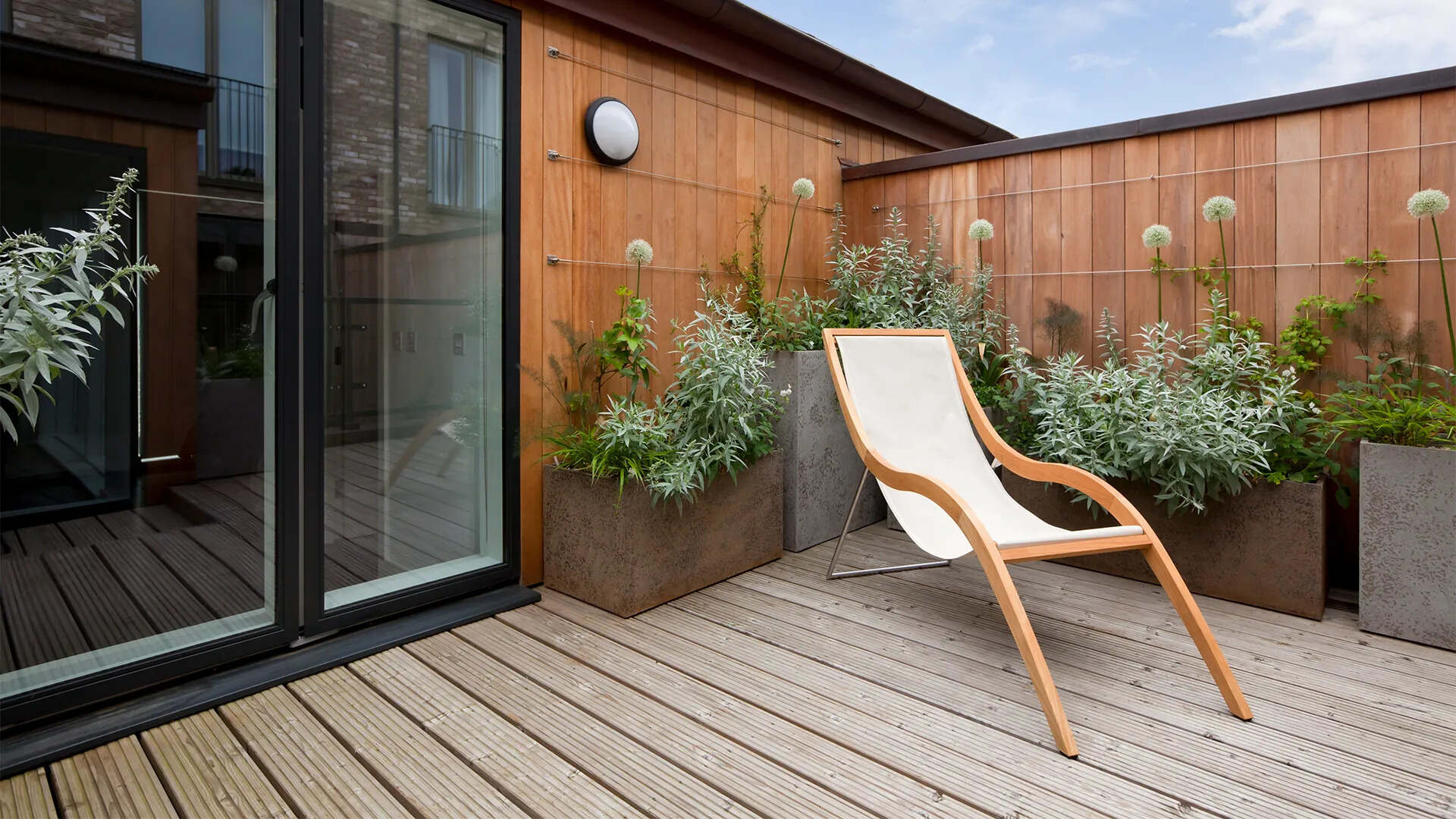

Articles
How To Attract Birds To A Feeder On A Balcony
Modified: December 7, 2023
Discover proven tips and techniques in these must-read articles on how to attract birds to a feeder on your balcony. Enhance your bird-watching experience and create a welcoming habitat for our feathered friends.
(Many of the links in this article redirect to a specific reviewed product. Your purchase of these products through affiliate links helps to generate commission for Storables.com, at no extra cost. Learn more)
Introduction
Having a bird feeder on your balcony can bring joy and beauty to your outdoor space. Not only does it provide a source of food for birds, but it also offers a fantastic opportunity for bird-watching. Whether you live in a bustling city or a quiet suburban neighborhood, attracting birds to your balcony is a delightful way to connect with nature.
Feeding birds on your balcony has numerous benefits, both for the birds and for yourself. It creates a welcoming habitat for local bird species, helps sustain them during harsh weather conditions, and provides an opportunity for you to observe their fascinating behaviors up close. In addition, the peaceful and calming presence of birds can enhance your outdoor experience and create a sense of tranquility.
However, successfully attracting birds to a feeder on a balcony involves careful planning and consideration. You need to select the right feeder, choose an ideal location, provide a variety of bird food, and take steps to maintain a clean and inviting feeding area. This article will guide you through the process of attracting birds to your balcony feeder, allowing you to create a haven for these winged visitors.
Key Takeaways:
- Attracting birds to your balcony feeder creates a tranquil oasis, reduces stress, and fosters a deeper connection with nature, benefiting both you and the diverse array of feathered visitors.
- Selecting the right feeder, providing diverse bird food, and maintaining a clean, inviting space are essential for attracting and nurturing a vibrant community of birds on your balcony.
Read more: How To Clean Bird Feeders Thoroughly
Benefits of Feeding Birds on a Balcony
Feeding birds on your balcony not only brings beauty and enjoyment to your outdoor space but also offers a range of benefits for both you and the birds themselves.
- Connection with Nature: Bird feeding allows you to connect with nature on a daily basis. By observing birds up close, you can witness their vibrant plumage, unique behaviors, and melodious songs, providing a sense of wonder and appreciation for the natural world.
- Stress Relief: Watching birds has been proven to reduce stress levels and promote relaxation. The soothing sights and sounds of birds can create a sense of tranquility, providing a much-needed break from the fast-paced demands of everyday life.
- Educational Opportunities: Feeding birds on your balcony provides an excellent opportunity for children and adults alike to learn about different bird species, their habits, and their unique characteristics. It can foster an interest in wildlife and environmental conservation.
- Ecological Balance: Birds play a crucial role in maintaining the ecological balance of their habitats. By providing them with a reliable food source, you contribute to their survival, especially during periods when natural food supplies are scarce.
- Bringing Beauty to Urban Spaces: For those living in urban areas with limited green spaces, feeding birds on a balcony can bring a touch of nature’s beauty and diversity to their surroundings. Many bird species can adapt to urban environments and provide a welcomed burst of color amidst the concrete jungle.
- Contributing to Scientific Research: By participating in bird feeding activities, you can contribute valuable data to citizen science projects that monitor bird population trends, migration patterns, and behavior. This information helps scientists and researchers better understand bird populations and implement conservation measures.
Overall, feeding birds on your balcony offers a host of benefits, from fostering a connection with nature and reducing stress to supporting ecological balance and contributing to scientific knowledge. It is a rewarding and meaningful activity that can enhance your outdoor experience and make a positive impact on the lives of these feathered creatures.
Selecting the Right Bird Feeder
Choosing the right bird feeder for your balcony is crucial to attract and accommodate a variety of bird species. Here are some factors to consider when selecting the appropriate feeder:
- Feeder Type: There are various feeder types available, such as tray feeders, hopper feeders, tube feeders, and suet feeders. Consider the types of birds you want to attract and their feeding behaviors to determine the most suitable feeder type.
- Size and Capacity: Select a feeder with an appropriate size and capacity based on the number of birds you wish to accommodate and the frequency of refilling. Ensure that the feeder is large enough for birds to access the food comfortably.
- Material: The material of the feeder should be durable, weather-resistant, and easy to clean. Opt for feeders made of metal, plastic, or wood that can withstand outdoor elements and maintain hygiene.
- Accessibility: Consider the accessibility of the feeder for different bird species. Some feeders have perches or feeding ports specifically designed to accommodate various beak sizes and feeding preferences.
- Protection from Predators: Look for feeders with built-in features, such as baffles or squirrel guards, to prevent squirrels and other predators from accessing the food. This helps ensure the safety of the birds while they feed.
- Visibility and Aesthetics: Choose a feeder with a design and color that complements your balcony aesthetics. Opt for feeders that have clear or translucent parts, allowing you to observe the bird activity easily.
It’s also recommended to have multiple feeders with different types of bird food to accommodate a wider range of bird species. By considering these factors when selecting a bird feeder, you can create an attractive and welcoming environment for birds on your balcony.
Choosing the Ideal Feeder Location
The location of your bird feeder on your balcony is just as important as selecting the right feeder. Here are some factors to consider when choosing the ideal feeder location:
- Visibility: Place the feeder in a location where you can easily observe the birds from the comfort of your balcony or indoor space. This allows you to enjoy bird-watching and monitor the feeder activity.
- Accessibility: Birds prefer feeding in areas where they feel safe and comfortable. Ensure that the feeder is easily accessible for birds to approach and depart without obstructions.
- Protection from Predators: Position the feeder away from potential hiding spots for predators, such as trees, tall bushes, or structures that could allow access to squirrels, cats, or other bird predators.
- Shelter and Perching Areas: Consider placing the feeder near natural perching areas, such as tree branches, balcony railings, or nearby shrubs. These areas provide resting spots for birds before and after feeding.
- Proximity to Windows: To reduce the chances of birds colliding with windows, avoid placing the feeder too close to windows. If possible, position the feeder at least 3-5 feet away or use window decals to make the glass more visible to the birds.
- Protection from Harsh Weather: Choose a location that provides some protection from extreme weather conditions, such as wind, rain, or direct sunlight. Consider using a roof or awning to shield the feeder from the elements.
- Cleanliness and Accessibility: Ensure that the chosen location allows for easy access to clean and refill the feeder regularly. This will help maintain a hygienic feeding environment and ensure a steady supply of fresh food.
By considering these factors, you can select an ideal location for your balcony feeder that provides a safe and inviting space for birds to visit and enjoy their meals. It is important to monitor the feeder regularly and make adjustments if needed to optimize bird activity and prevent any potential hazards.
Providing a Variety of Bird Food
Offering a diverse assortment of bird food is essential to attract a wide range of bird species to your balcony feeder. Different birds have different feeding preferences and dietary needs, so providing a variety of food options ensures that you cater to their specific requirements. Here are some popular bird food choices:
- Seeds: Seeds are a staple in the diet of many bird species. Opt for a quality birdseed mix that includes a combination of sunflower seeds, millet, cracked corn, and other nutritious seeds. Avoid mixes that contain fillers or low-quality ingredients.
- Suet: Suet is a high-energy food source that is especially beneficial for birds during colder months. It consists of animal fat mixed with various ingredients, such as seeds, fruits, or insects. Provide suet cakes or blocks in suet feeders to attract insect-eating birds like woodpeckers and nuthatches.
- Nectar: To attract hummingbirds, prepare a simple nectar solution by mixing four parts water with one part white granulated sugar. Avoid using red food coloring or honey, as they can be harmful to hummingbirds. Place the nectar in a hummingbird feeder with red or orange accents to catch their attention.
- Fruits and Berries: Offer fresh or dried fruits, such as apples, oranges, grapes, or berries, to attract fruit-loving birds like orioles, tanagers, and waxwings. Cut fruits into small pieces or use specialized fruit feeders to make it easier for birds to feed on them.
- Mealworms: Mealworms are a protein-rich food source that can attract insect-eating bird species like bluebirds, robins, and warblers. Place them in a shallow dish or specialized mealworm feeder to offer as a treat to the birds.
It’s important to note that different bird species have specific feeding preferences, so it may take time for them to discover and adapt to the food offerings. Observe the feeding patterns and adjust the amount and type of food based on what attracts the most diverse and desired bird species to your feeder.
Ensure that the bird food is fresh and uncontaminated. Regularly clean the feeding area and remove any spoiled or moldy food to maintain the health and well-being of the birds.
By providing a variety of bird food options, you create a menu that appeals to different avian tastes and increases the chances of attracting a diverse array of beautiful bird species to your balcony feeder.
Place the feeder near natural cover like potted plants to provide birds with a sense of security. Also, offer a variety of seeds to attract different species.
Read more: How To Hang Hummingbird Feeder On Balcony
Attracting Different Species of Birds
To attract a diverse range of bird species to your balcony feeder, it’s important to create an environment that meets the specific needs of different types of birds. Here are some tips to attract various species:
- Research Local Birds: Familiarize yourself with the bird species that are common in your area. Find out their preferred habitats, feeding habits, and the types of food they are attracted to. This knowledge will help you tailor your feeder setup to attract specific bird species.
- Provide a Variety of Feeders: Different bird species have different feeding preferences. Offering a selection of feeder types, such as tray feeders, tube feeders, or nectar feeders, will attract a wider range of birds with varied feeding behaviors.
- Offer Various Food Types: Provide a diverse range of bird food options, including seeds, suet, nectar, fruits, and mealworms. This will attract different bird species that have specific dietary preferences.
- Plant Native Plants: Native plants in your balcony garden can attract a variety of insects, which in turn can attract insect-eating birds. Research native plant species that are suitable for container gardening and plant them to create a natural food source for birds.
- Provide Shelter and Nesting Opportunities: Birds not only need food but also require shelter and nesting spaces. Planting shrubs or providing birdhouses, nesting boxes, or even simple structures like small brush piles can encourage birds to visit and potentially nest in your balcony area.
- Install Water Sources: Birds need water for drinking and bathing. Place a shallow birdbath or a small water feature near the feeder to provide a source of fresh water. Ensure the water is clean and changed regularly.
- Use Bird Calls: Playing recordings of bird calls can attract certain bird species that respond to specific vocalizations. Research the bird species in your area and use appropriate calls sparingly to pique their interest.
Patience is key when attracting different species of birds. It may take time for birds to discover and become accustomed to the feeding area. Be observant and make adjustments based on the species that visit your feeder. Keep in mind that providing a variety of food, water, and suitable habitat will increase the likelihood of attracting a diverse array of bird species to your balcony.
Providing Water for Birds
Water is an essential resource for birds, and providing a water source on your balcony can attract a wide variety of bird species. Here are some tips for offering water to birds:
- Birdbath: Place a shallow birdbath on your balcony, either on the ground or on a pedestal. Make sure the bath has a gradual slope for easy access and exit for the birds. Keep the water level shallow to prevent drowning and regularly clean and refill the bath to ensure it remains fresh.
- Misting Sprays: Install a misting spray or sprinkler system near the feeding area. Lightly misting the foliage or creating a gentle spray can simulate natural rain showers, attracting birds to bathe and hydrate.
- Dripping or Recirculating Fountain: Consider installing a small dripping or recirculating fountain that provides a constant source of flowing water. The sound and movement of the water can attract birds from a distance and serve as a magnet for thirsty visitors.
- Keep it Fresh: Ensure that the water source is clean and free from debris. Regularly clean the birdbath to prevent algae growth and contamination. Change the water every few days, especially during warmer weather, to maintain its freshness and prevent the spread of bacteria.
- Winter Considerations: In colder regions, providing water during freezing temperatures can be challenging. Consider purchasing a heated birdbath or use a birdbath de-icer to prevent the water from freezing. Ensure the water is not too deep or icy, as birds should be able to drink and bathe without risk.
- Safe Placement: Position the water source near vegetation or trees where birds can perch and observe their surroundings before approaching the water. Ensure there are no hiding spots for predators nearby to ensure the safety of the birds while they drink or bathe.
By providing a water source, you offer birds a vital resource for drinking, bathing, and preening their feathers. This not only helps them stay hydrated, but it also enhances their overall well-being and keeps their feathers in good condition.
Remember, birds will be attracted to a clean and fresh water source, so maintaining proper hygiene and keeping the water source full and accessible will increase the chances of attracting various species of birds to your balcony.
Maintaining a Clean Feeder
Maintaining a clean bird feeder is essential for the health and well-being of the birds that visit your balcony. Here are some tips to help you keep your feeder clean:
- Regular Cleaning: Clean the feeder at least once every two weeks, or more frequently if necessary. Empty all remaining bird food and remove any debris or moldy seeds. Use warm soapy water and a brush to scrub the feeder, including all crevices and feeding ports.
- Hygiene Practices: Practice good hygiene when handling the feeder. Wash your hands thoroughly before and after refilling the feeder to prevent the spread of bacteria or diseases that can be harmful to birds.
- Unsuitable Food: Avoid using stale or moldy bird food, as they can cause sickness in birds. Regularly inspect the food in the feeder and remove any spoiled or contaminated food promptly.
- Seed Spillage: Birds can be messy eaters, and seed spillage can accumulate on the ground or on your balcony. Regularly clean up any seed debris to minimize the risk of attracting pests or pathogens.
- Pest Prevention: Keep an eye out for signs of pests, such as ants, wasps, or squirrels, around the feeder. Take measures to deter these pests, such as using ant moats or baffles to prevent ants from reaching the feeder, or installing squirrel guards to deter squirrels.
- Feeder Placement: Consider the placement of your feeder to minimize contamination. Avoid placing the feeder directly under trees or overhanging branches where bird droppings or debris can accumulate easily. Regularly check for any droppings and clean the area surrounding the feeder.
- Inspect for Damage: Periodically inspect the feeder for damage or wear and tear. Replace any cracked, broken, or worn-out parts to ensure the feeder remains safe and functional.
By maintaining a clean feeder, you reduce the risk of spreading diseases among birds and create a more inviting and hygienic feeding environment. It also helps to attract a greater variety of bird species and ensures that the birds visiting your balcony remain healthy and safe.
Remember, regular cleaning and proper maintenance of your feeder are key to providing a nourishing and safe environment for the birds that frequent your balcony.
Dealing with Common Feeder Problems
Feeding birds on your balcony can sometimes come with challenges. Here are some common feeder problems and tips on how to address them:
- Squirrel Infestation: Squirrels are notorious for stealing bird food and damaging feeders. Use squirrel-proof feeders with built-in baffles or cages to prevent squirrels from accessing the food. You can also try placing the feeder away from trees or using squirrel baffles or guards to deter them.
- Ant Invasion: Ants can be a nuisance around bird feeders. Use an ant moat, which is a water-filled barrier placed above the feeder, to prevent ants from crawling down and reaching the food. Alternatively, place the feeder on a pole with a slippery surface that ants cannot climb.
- Seed Mold and Spoilage: Moisture can cause seeds to mold and become unfit for birds. Opt for feeders with built-in drainage holes to allow water to escape, or use tray feeders with mesh bottoms that allow for air circulation. Additionally, choose seed blends that have minimal dust and debris to reduce the chances of mold growth.
- Feeder Aggression: Some bird species can exhibit territorial behavior and become aggressive around feeders. You can try using multiple feeders spaced apart to provide more feeding opportunities, or choose feeder designs that accommodate multiple birds at once, such as tray feeders or large hopper feeders.
- Seed Scatter and Waste: Birds can be messy eaters, scattering seeds onto your balcony or wasting them. To minimize seed waste, choose feeders with seed-catching trays or platforms. You can also provide ground-feeding areas with additional seed or utilize seed trays positioned under the main feeder to catch falling seeds.
- Unwanted Bird Visitors: Certain bird species, such as pigeons or starlings, can dominate the feeder, scaring away smaller, desirable bird species. Adjust feeder placement or choose feeders with features that exclude larger birds, such as weight-activated feeding ports or cages around the feeder.
- Lack of Bird Activity: If you’re not seeing much bird activity at your feeder, evaluate the food offerings, feeder placement, and potential attractants in the area. Experiment with different types of bird food, try offering fresh water sources, and consider adjusting the feeder location to a more inviting and safe spot.
By addressing these common feeder problems, you can create a more enjoyable bird-feeding experience and attract a greater diversity of bird species to your balcony. Remember, it may take some trial and error to find the right solutions for your specific situation, so be patient and flexible in your approach.
Conclusion
Feeding birds on your balcony can bring immense joy, beauty, and a deeper connection to the natural world. By providing a welcoming environment, selecting the right feeder, and offering a variety of bird food, you can attract a diverse array of bird species to your balcony.
Through the benefits of bird feeding, such as stress relief, educational opportunities, and ecological balance, you can enhance your outdoor experience while contributing to the well-being of these winged visitors.
To create an ideal feeding space, remember to choose the right feeder that caters to the needs of different bird species. Select an appropriate location that offers visibility, accessibility, and protection from predators. Provide a variety of bird food options, including seeds, suet, nectar, fruits, and mealworms, to accommodate different feeding preferences.
Additionally, ensure that birds have access to clean water for drinking and bathing by providing a shallow birdbath or other water sources. Regularly clean the feeder, manage common feeder problems, and maintain a hygienic feeding area to promote the health and safety of the birds.
By taking these steps and being attentive to the needs of the birds, you can create a vibrant and thriving bird sanctuary on your balcony. So grab your binoculars, relax, and enjoy the incredible sight of colorful plumage, melodious songs, and fascinating behaviors of the birds that visit your feeder.
Remember, bird feeding is not just about providing food; it’s a way to connect with nature, appreciate the beauty of wildlife, and make a positive impact on the well-being of these magnificent creatures.
Frequently Asked Questions about How To Attract Birds To A Feeder On A Balcony
Was this page helpful?
At Storables.com, we guarantee accurate and reliable information. Our content, validated by Expert Board Contributors, is crafted following stringent Editorial Policies. We're committed to providing you with well-researched, expert-backed insights for all your informational needs.
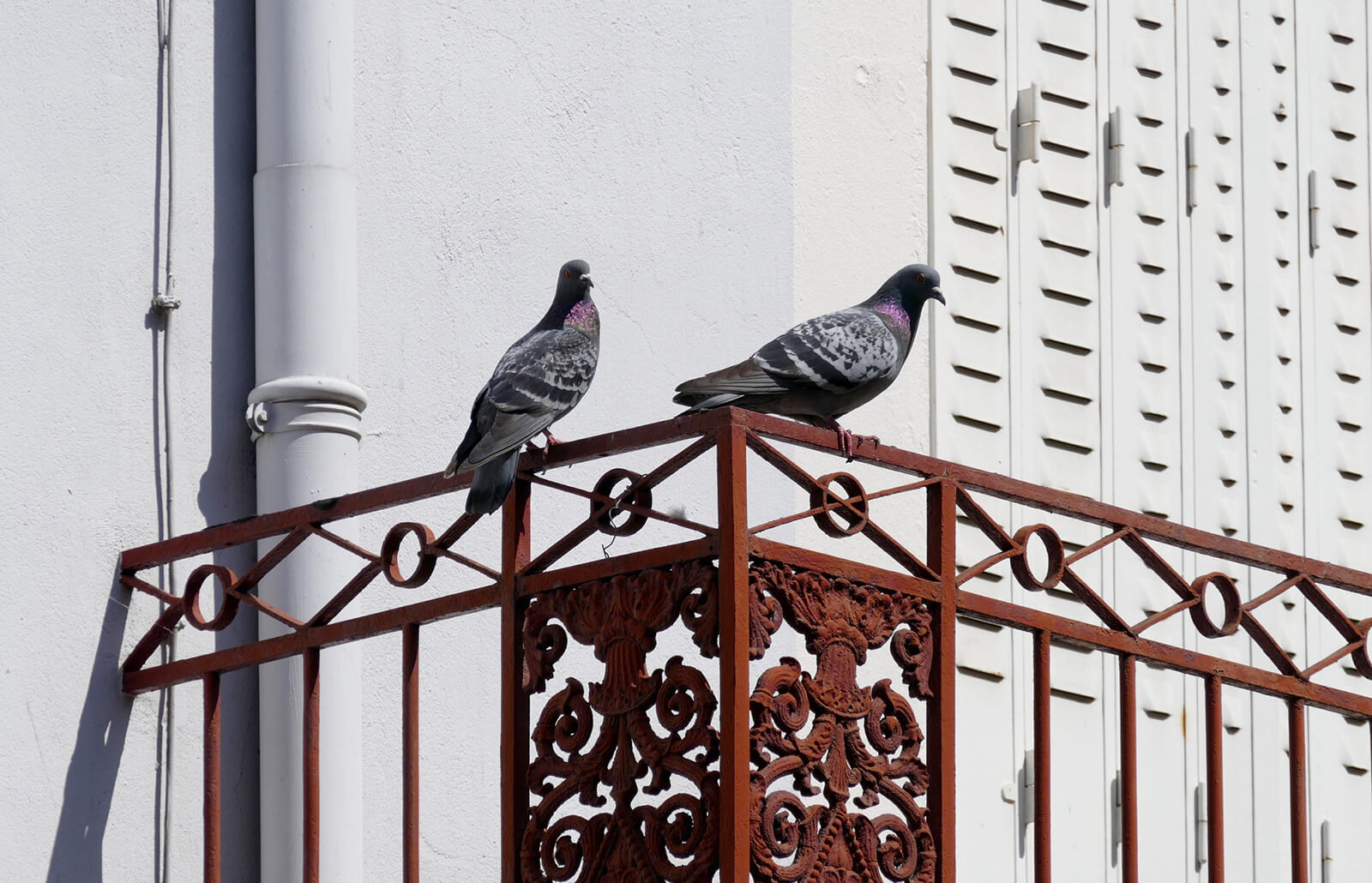
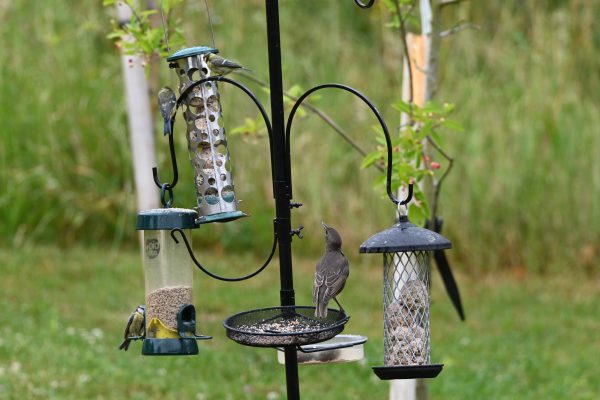
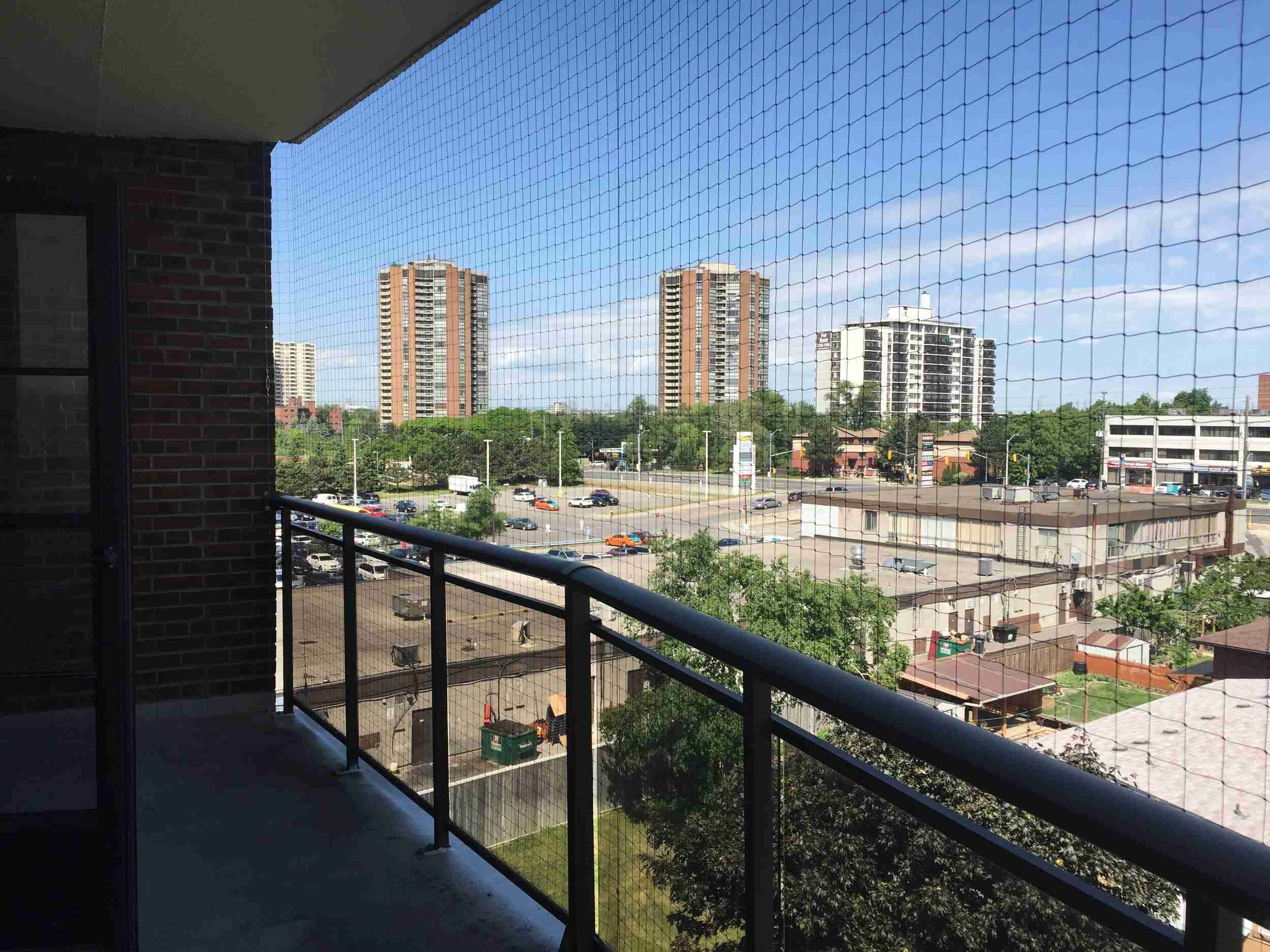
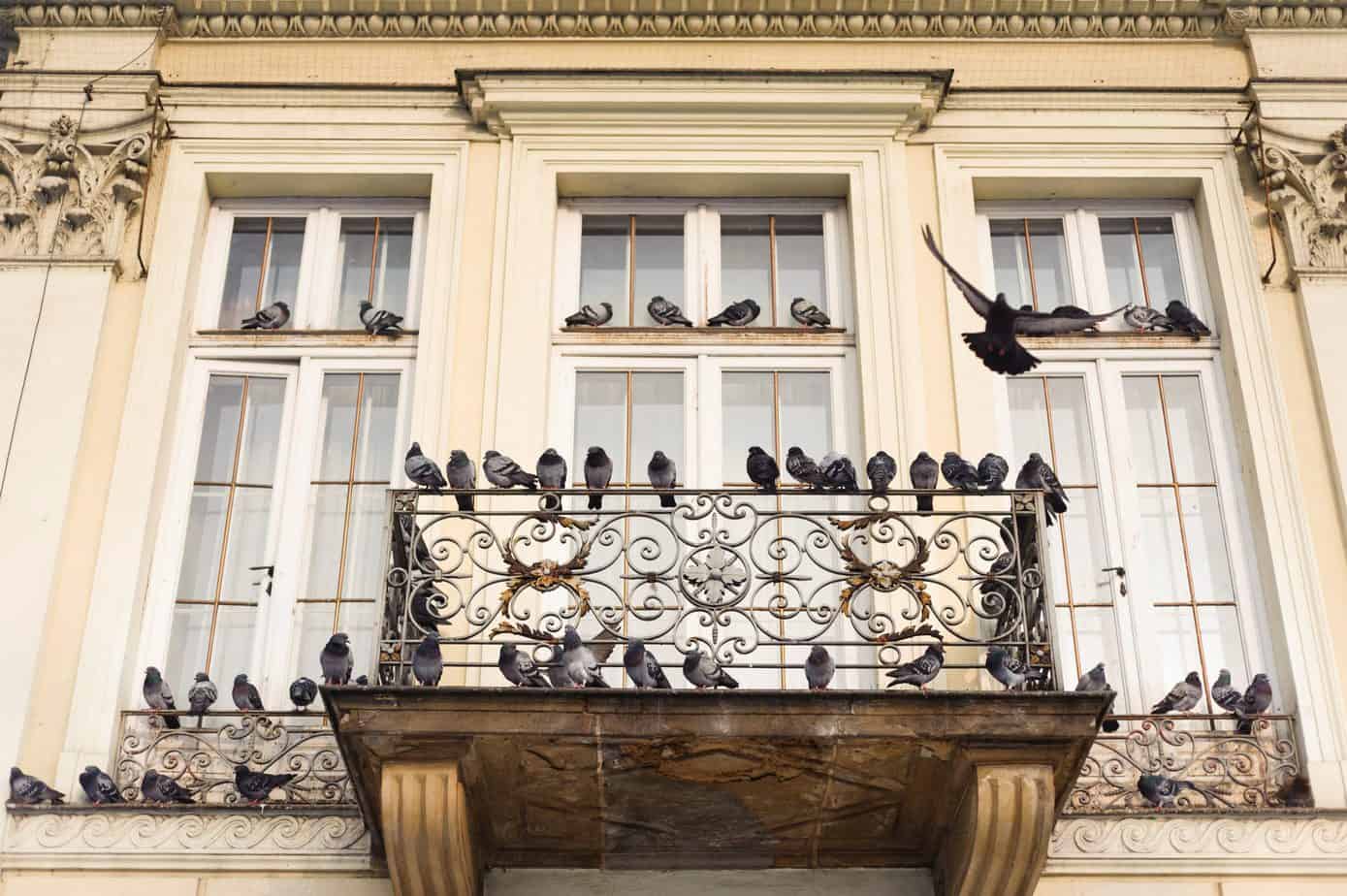
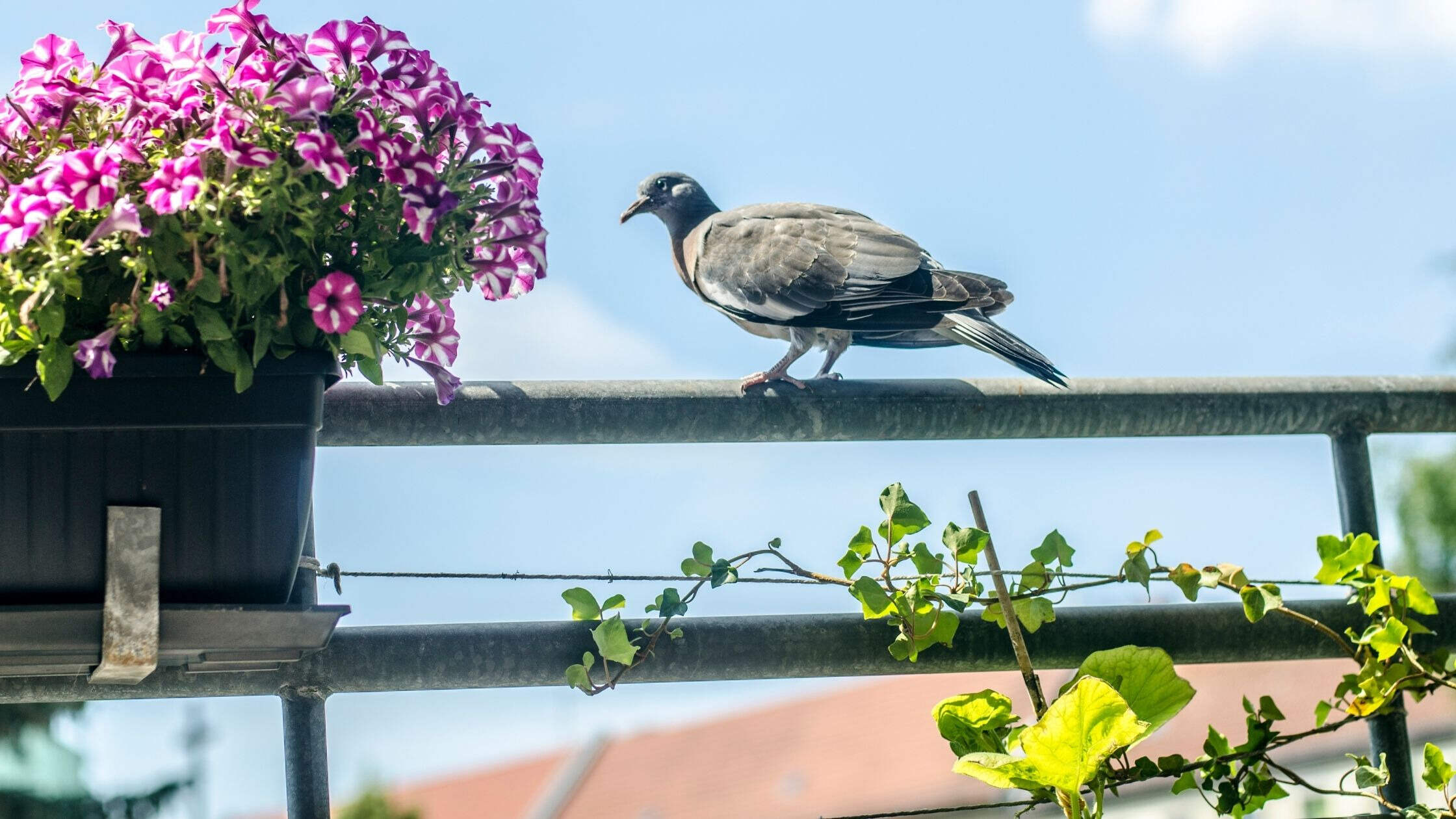
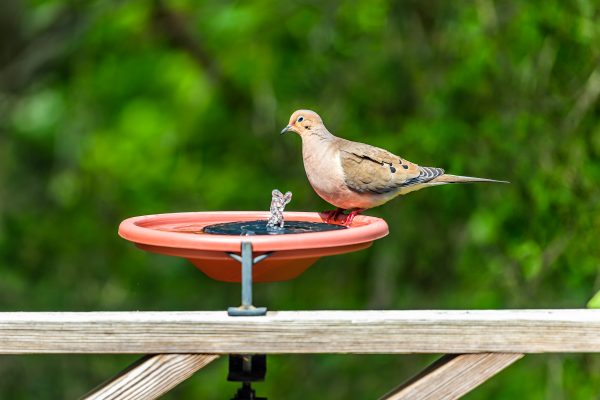
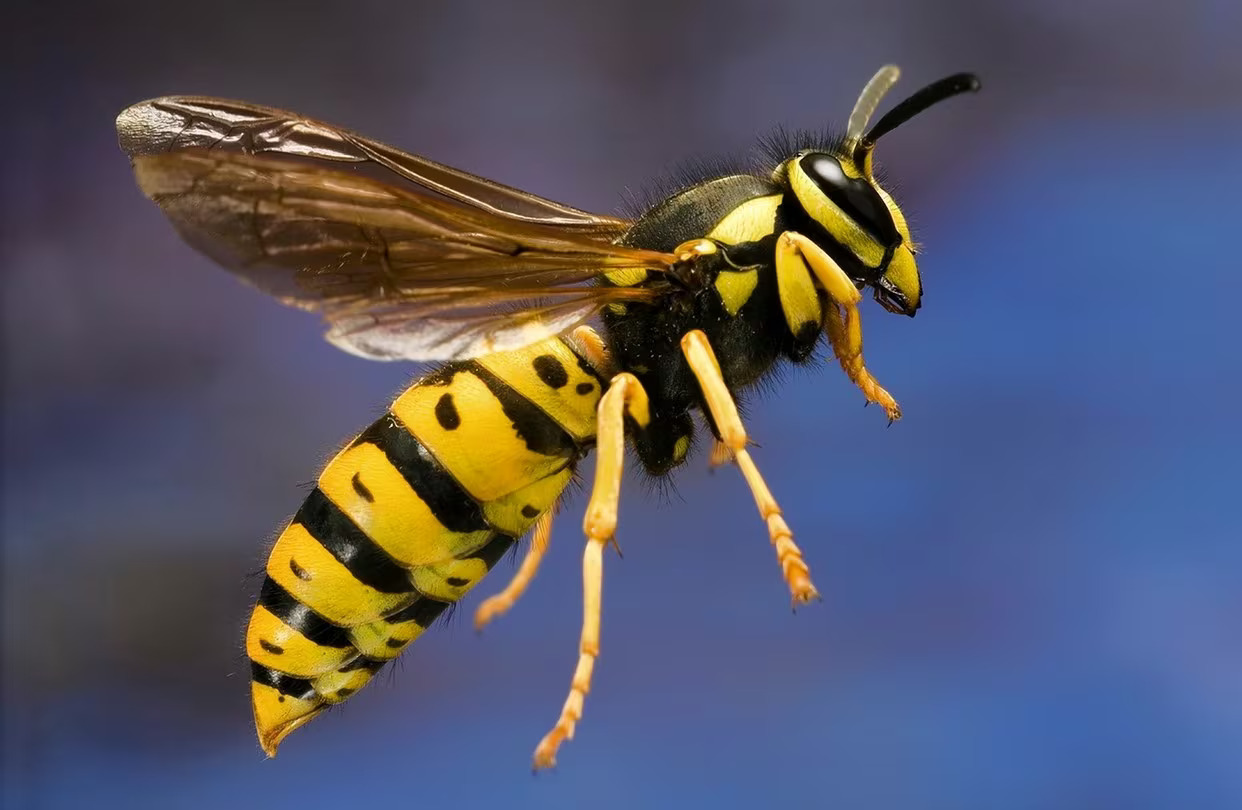
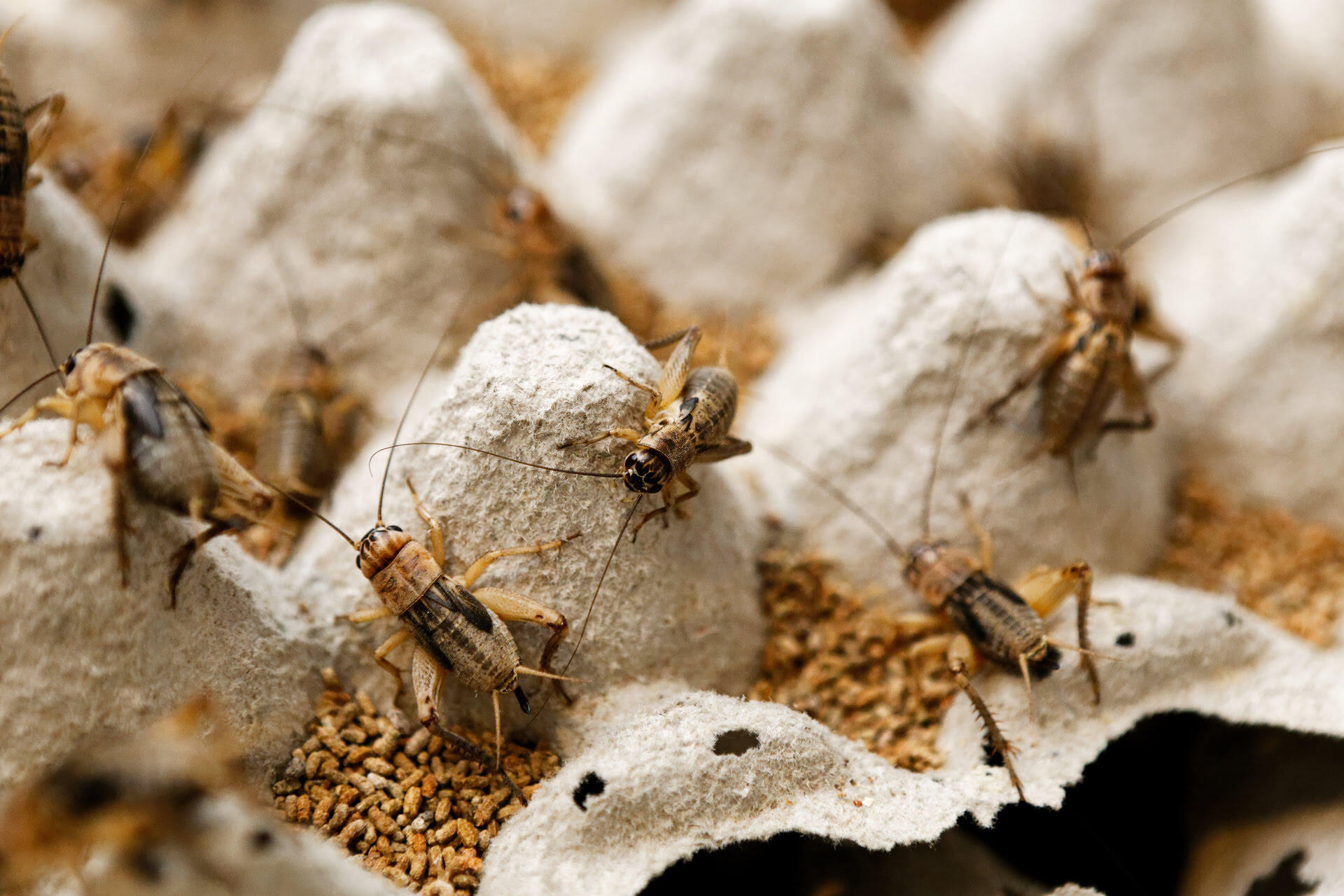
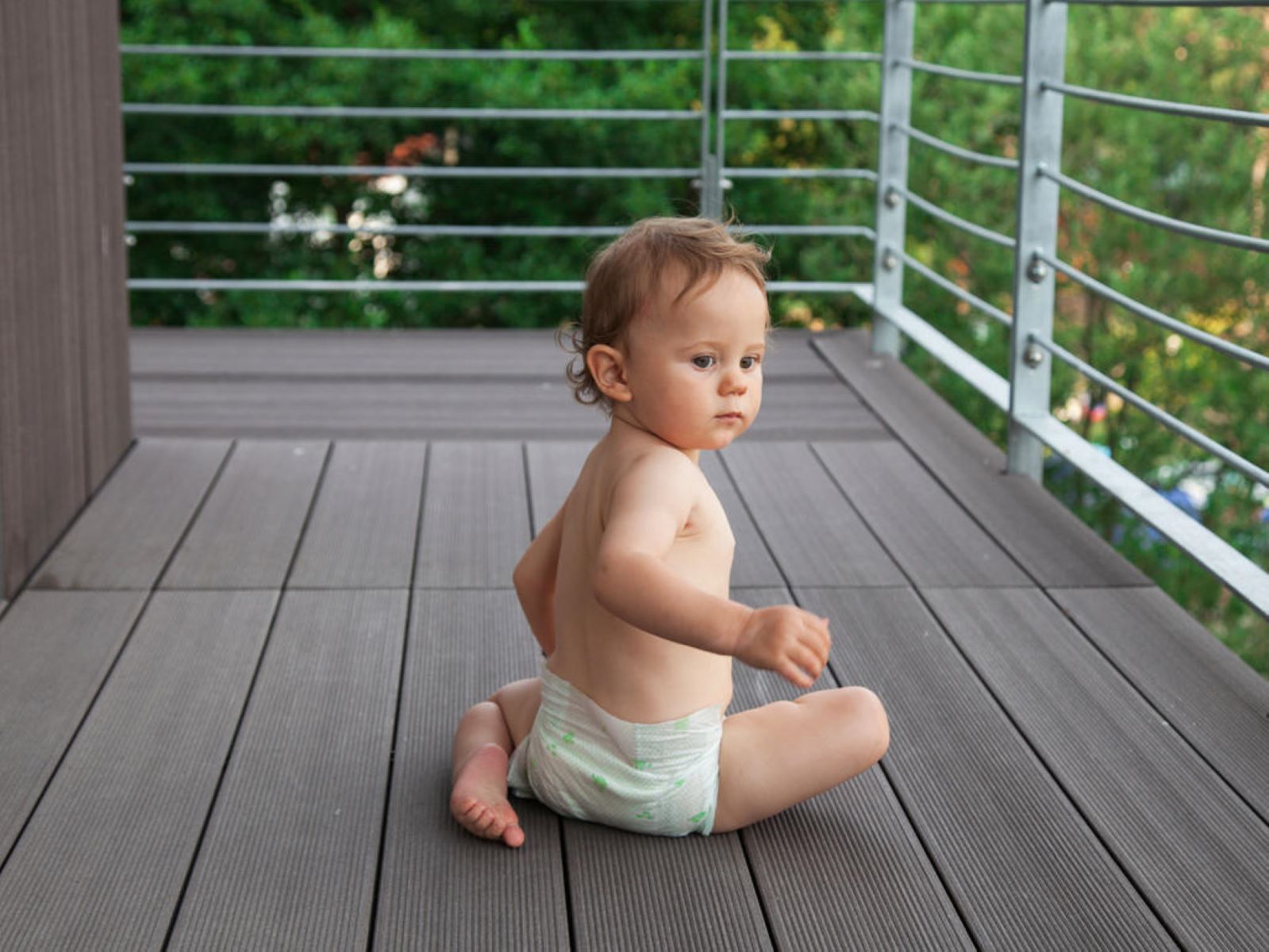

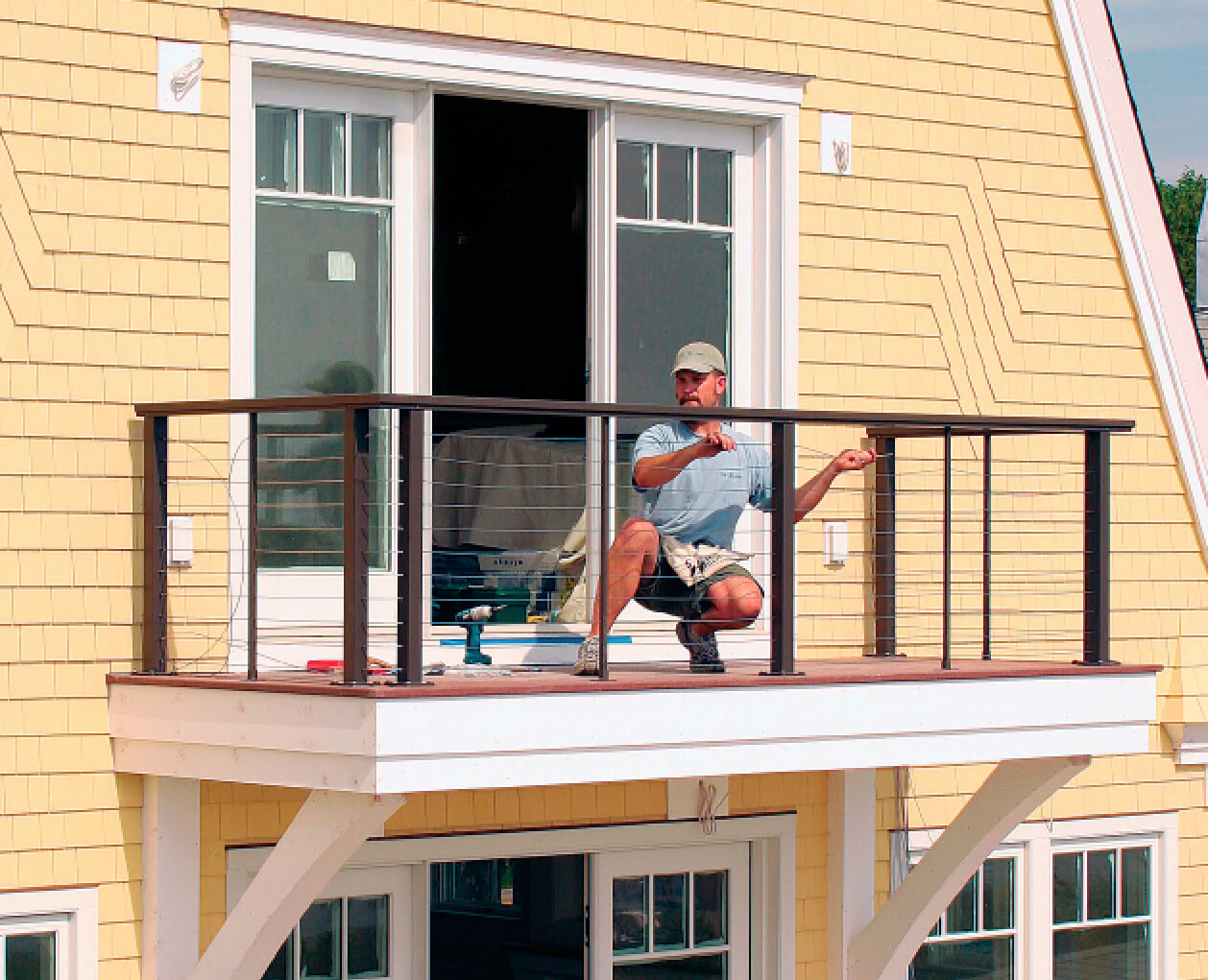
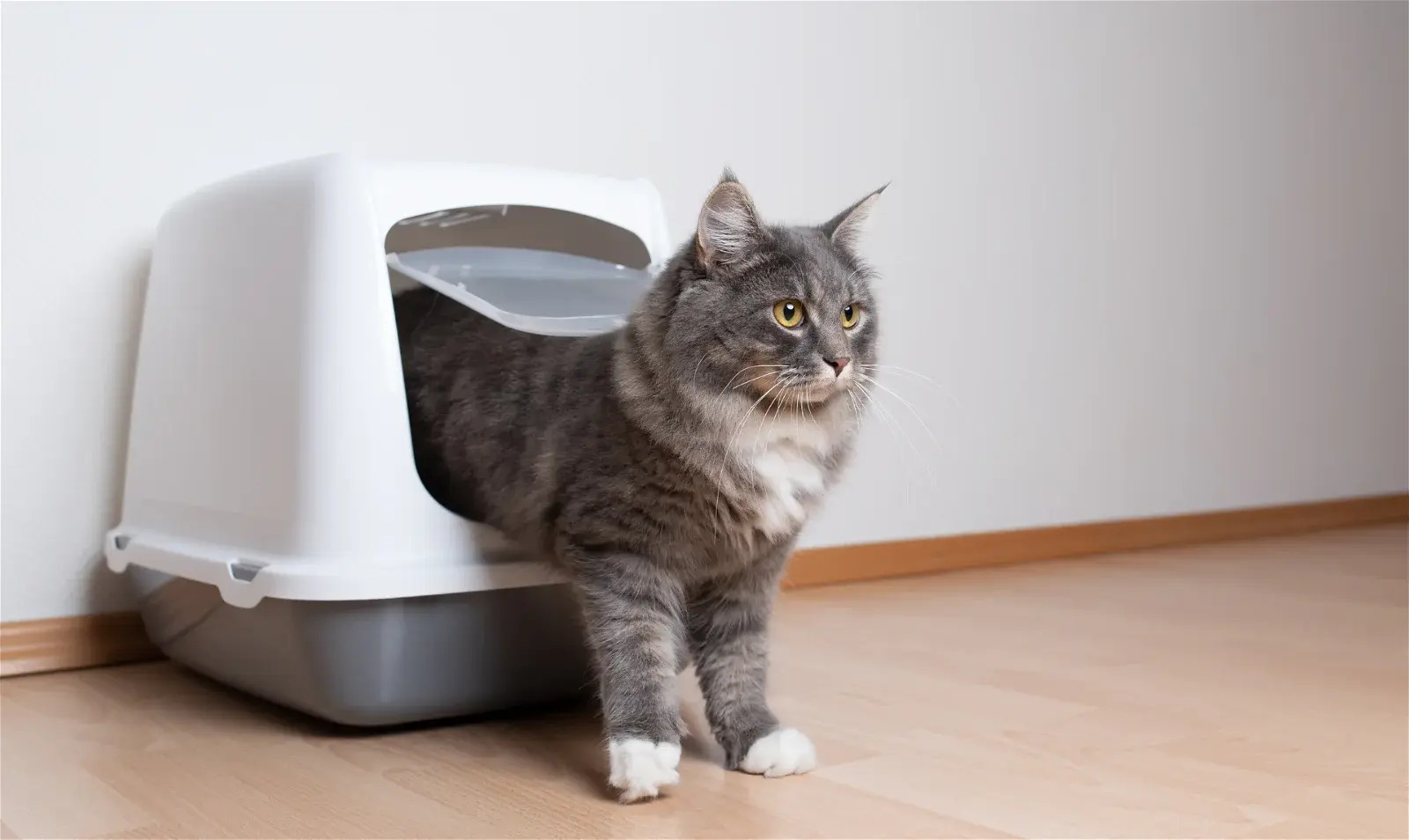
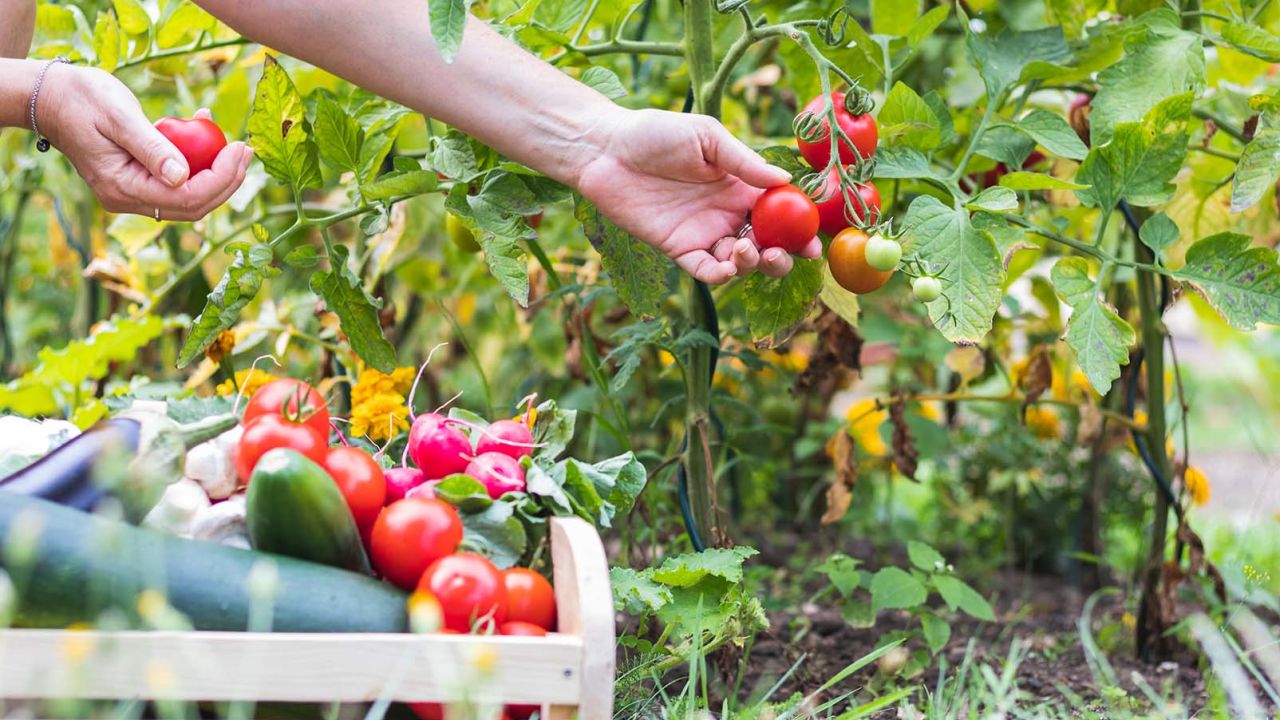

0 thoughts on “How To Attract Birds To A Feeder On A Balcony”